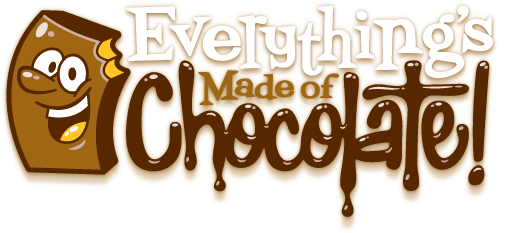Almost a year to the day that we filed the provisional patent application for my new invention, we just filed the non-provisional application. The difference is that this one is for the actual patent, as opposed to just a filing date. This should take anywhere from 18 to 24 months to complete. Kind of annoying it takes that long, but we don’t have much choice. Unless our invention is something that is related to the environment, we are out of luck. Just like the trademark process, the patent application also has to go through a “publishing” phase. This phase is where the public can see the application, and if they find the invention infringes on something they have done, contest it etc.
Tag Archives: USPTO
Our Trademark Has Been Published
Our trademark “Everything’s Made of Chocolate” has officially been published. For this stage of a trademark application, the USPTO (United States Patent and Trade mark Office) requires that all applications for trademark be published in the TMOG (Trademark Official Gazette). The publication process allows for transparency, and anyone to review and even contend any new application for a trademark. Once an application has been published with no one contesting, it can now go on to be reviewed, and finally approved.
Our Provisional Patent Application Has Been Filed
The first (major) step towards the birth of our new business just happened today. We filed the provisional patent application for my new invention. It is a new way to mold/design chocolate. Since now I have a filing date, I can officially talk about it. The invention is now officially “patent-pending”, which basically means that I have a filing date for my invention, and “pending” review will eventually have the patent. The method in question utilizes 3d print and scan technology to design and fabricate the molds used to add designs to chocolate. Traditional mold fabrication uses one of three different methods: vaccu-forming, metal stamping, or food-grade silicone. Vaccu-forming, and metal stamping require direct contact with the model in question, and the process generates heat and pressure. Neither one of those things ever bode well for the original object to be used for the design. The object must be separately fabricated, and must be made of a material that can withstand those extremes. The resulting lack of detail also leaves a lot to be desired with the final product. The other option is food-grade silicone. The resulting detail is high, but it requires 24 hours to cure, and an additional two hours to bake in an oven. Food-grade silicone is typically a “platinum” cure silicone which can be costly, and again you are required to have direct contact with the original object to be molded.
Our process involves absolutely no contact with the object to be molded. We can design and manipulate the design completely digitally and only the final result is a real world object. This allows us incredible amounts of flexibility, and design freedom virtually unheard of in the chocolate business. Finally, we can also turn any object into a virtual object using 3d scanning, thus we would be able to turn objects into chocolate that could never be done with the more traditional methods.
Our Trademark Search Has Been Completed
Our initial trademark search has been completed, and we just received the results. Our search included: Local, regional, and national databases (including internet domains) We are happy to say that our search results returned no positive matches, and our trademark attorney feels that the words “everything” and “chocolate” are considered “too common” of words that someone would be able to lay claim and contest our name. He advises that we can move forward with the application, and feels we have a good chance of getting our trademark (“mark” for short).
